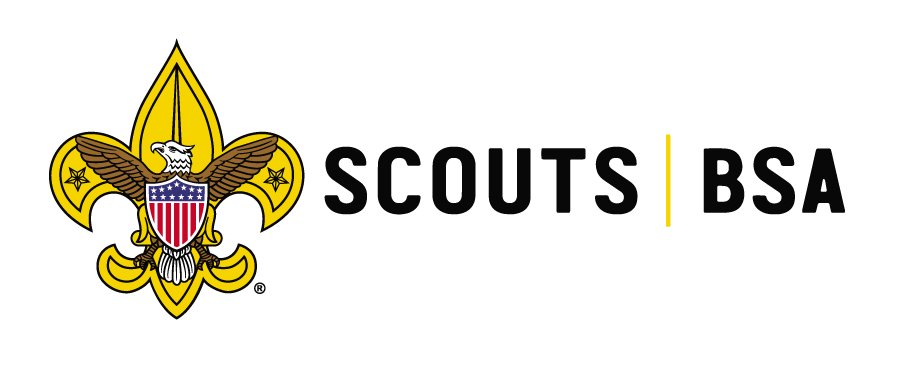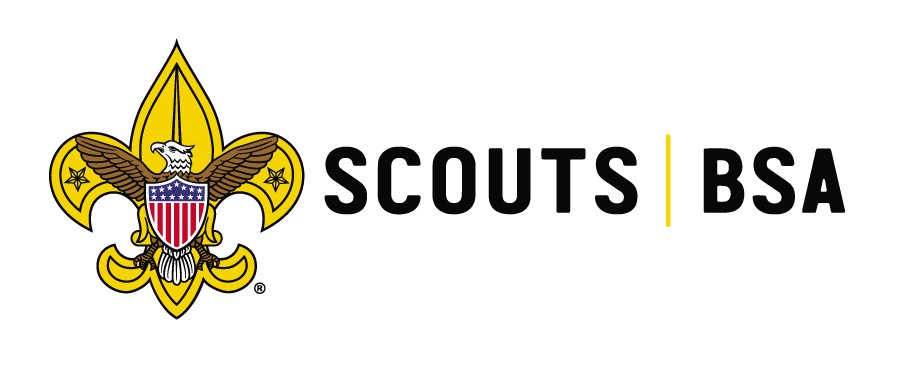Rank Advancements
The Scouts BSA Advancement Program is subtle. It places a series of challenges in front of a Scout in a manner that is fun and educational.
As Scouts meet these challenges, they achieve the aims of Scouts BSA
The Scouts BSA requirements for rank are the basis for a Scout’s advancement. There are four steps in the Scout BSA advancement procedure: learning, testing, reviewing, and recognition. Scouts BSA has the following ranks: Tenderfoot, Second Class, First Class, Star, Life, and Eagle.
When a badge and certificate are awarded to a Scout to recognize that he or she has achieved a rank, they represent that a boy or girl has:
Been an active participant in their troop and patrol.
Demonstrated living the Scout Oath (Promise) and Law in their daily life.
Met the other requirements and/or earned the Merit Badges for the rank.
Participated in a Scoutmaster conference.
Satisfactorily appeared before a board of review.
In the advanced ranks (Star, Life and Eagle), the badge represents that the boy or girl has also:
Served in a position of responsibility in the troop.
Performed service to others.
Once you have completed all the requirements for the rank and had your scoutmaster conference you can attend a Board of Review. The purpose of the Board of Review is not to retest you but rather to ensure that you have completed all of the requirements, to determine the quality of your troop experience, and to encourage you to advance toward the next rank. You need to have your Boy Scout Handbook and should be in your field uniform when you appear before a Board of Review. After passing the Board of Review, you will be recognized in front of the troop as soon as possible. You will receive your new rank patch shortly after, usually at the next troop meeting. You will be formally recognized for your rank advancements and merit badges in front of family and friends during a ceremony at a Court of Honor.
Board of Review Details for Parents
Merit Badges
You can learn about sports, crafts, science, trades, business, and future careers as you earn merit badges. There are more than 135 merit badges, and any Scout, may earn any of these at any time. Merit Badges
Path to Eagle
An Eagle Scout is the highest achievement or rank attainable, which was founded over one hundred years ago.
Earning the rank of Eagle Scout isn’t supposed to be easy. If it were, everyone would do it.
The fact that it’s difficult is what makes it so great.
In addition to continuing to live the Scout Oath and Scout Law, before you earn the rank of Eagle, you must be active in your troop for at least six months as a Life Scout. You have to explain how your understanding of the Scout Oath and Scout Law will guide your life in the future.
Scouts need to accumulate at least 21 merit badges before earning the Eagle Scout rank. Of those 21 badges, 14 must come from this list of Eagle-required merit badges and the rest can be any badges not used for these 14.
And you have to serve actively in your troop for a minimum of six months in one or more positions of responsibility.
Whew! That’s a lot of stuff. And we haven’t even gotten to the part where you have to plan, develop and lead others in a service project helpful to any school, any religious institution or your community.
Don’t worry. You’ve got this. We’re here to show you the way.
Here are the most important steps in completing the most challenging — and rewarding — part of Scouting: the Eagle Scout service project. The Eagle Scout must demonstrate Scout Spirit, an ideal attitude based upon the Scout Oath and Law, service, and leadership. This includes an extensive service project that the Scout plans, organizes, leads, and manages. Life Scouts need to talk with leadership for project approval.



